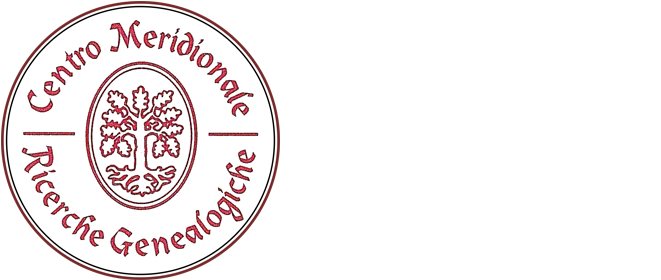The civil vital records
The registration of births, marriages and deaths by municipal officers began, for the Kingdom of Naples, in 1809. In Sicily these registrations began in 1820. These acts were drawn up in duplicate, one of which was to be sent every year to the clerk of the court competent for the area. Therefore today it is possible to find these registers both in the single Municipalities and in the State Archives, which keep the copies already kept in the courts. Since the reconstruction of a family tree proceeds backwards, starting with the current family members, it is clear that the consultation of the civil status records is the first step of the research.
The parish archives
Due to the antiquity of the documents they preserve, the parish archives represent the main source of all genealogical research. In 1563 the Council of Trent established the obligation for all parishes to fill in the registers of baptism, marriage and death. In general, the parish archives have been diligently preserved but sometimes war events, fires and natural disasters of the past affect their current state of conservation.

 Italiano
Italiano 
